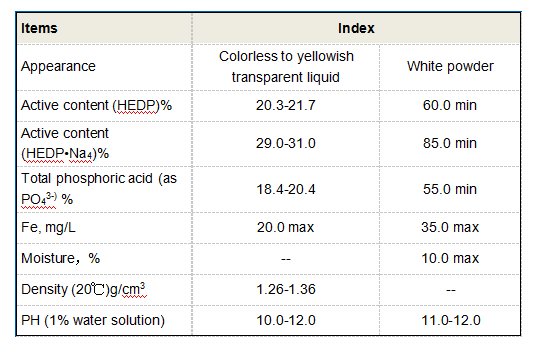poly aluminium
Poly Aluminium A Versatile Coagulant in Water Treatment
Poly aluminium, commonly referred to as polyaluminium chloride (PAC), is a synthetic coagulant widely used in various water treatment processes. Its unique chemical properties make it an effective agent for removing suspended solids, organic matter, and harmful contaminants from water. This versatility has led to its increasing adoption in municipal water treatment plants, industrial wastewater treatment facilities, and even in the treatment of drinking water.
Poly Aluminium A Versatile Coagulant in Water Treatment
Polyaluminium chloride is composed of aluminium ions and polymeric chains, which contribute to its effective flocculation capabilities. When added to water, PAC hydrolyzes, releasing aluminium ions that interact with suspended particles, promoting their aggregation into larger flocs. These flocs can then be easily removed from the water through sedimentation or filtration. The formation of stable flocs minimizes the potential for re-suspension, thereby ensuring cleaner and clearer water.
poly aluminium

Moreover, PAC demonstrates lower sensitivity to water temperature and turbidity levels, making it suitable for a variety of environmental conditions. Its ability to function effectively in challenging scenarios is a significant reason for its popularity in both urban and rural water treatment systems.
Additionally, polyaluminium chloride is considered safer and more environmentally friendly compared to other chemical coagulants. It contains fewer impurities, which results in lower residual aluminium in treated water. This aspect is particularly important in drinking water applications as excessive aluminium can pose health risks.
In conclusion, polyaluminium chloride is a crucial component in modern water treatment practices. Its efficient coagulation properties, versatility across varying conditions, and lower environmental impact make it an appealing choice for various applications. As the demand for clean water continues to grow, PAC is likely to play an increasingly important role in ensuring safe and sustainable water supply systems worldwide.
-
Water Treatment with Flocculant Water TreatmentNewsJun.12,2025
-
Polymaleic AnhydrideNewsJun.12,2025
-
Polyaspartic AcidNewsJun.12,2025
-
Enhance Industrial Processes with IsothiazolinonesNewsJun.12,2025
-
Enhance Industrial Processes with PBTCA SolutionsNewsJun.12,2025
-
Dodecyldimethylbenzylammonium Chloride SolutionsNewsJun.12,2025





